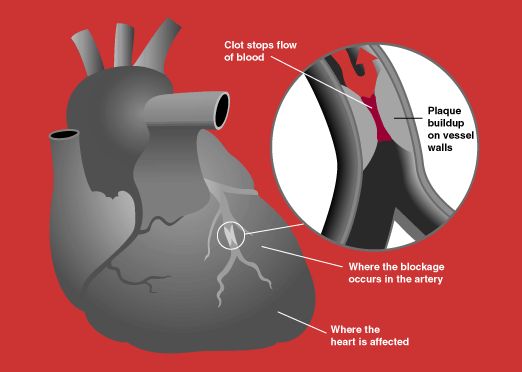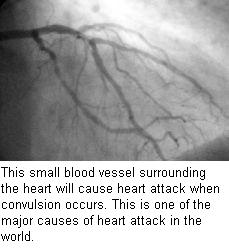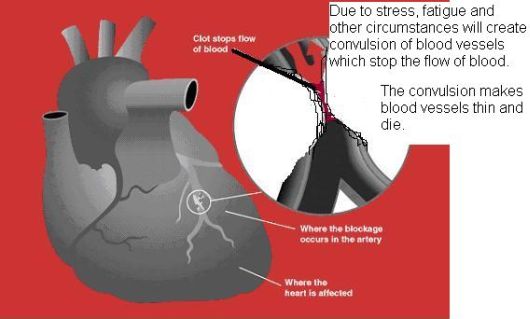Did you know what is dehydration?
Dehydration occurs when the amount of water leaving the body is greater than the amount being taken in. The body is very dynamic and always changing. This is especially true with water in the body. We lose water routinely when we:
- breathe and humidified air leaves the body;
- sweat to cool the body; and
- urinate or have a bowel movement to rid the body of waste products.
Total body water = intracellular space + intravascular space + interstitial space
Did you know that in a normal day, a person has to drink a significant amount of water to replace this routine loss?
Did you know that if intravascular (within the blood vessels) water is lost, the body can compensate somewhat by shifting water from within the cells into the blood vessels, but this is a very short-term solution?
Did you know that the body lives within a very narrow range of normal parameters, and signs and symptoms of dehydration will occur quickly if the water is not replenished?
The body is able to monitor the amount of fluid it needs to function. Did you know that the thirst mechanism signals the body to drink water when the body is dry? As well, hormones like anti-diuretic hormone (ADH) work with the kidney to limit the amount of water lost in the urine when the body needs to conserve water.


Did you know what causes dehydration?
Dehydration occurs because there is too much water lost, not enough water taken in, or most often a combination of the two.- Diarrhea: Diarrhea is the most common reason for a person to loose excess amounts of water. A significant amount of water can be lost with each bowel movement. Worldwide, more than four million children die each year because of dehydration from diarrhea.
- Vomiting: Vomiting can also be a cause of fluid loss and it is difficult for a person to replace water by drinking it if they are unable to tolerate liquids.
- Sweat: The body can lose significant amounts of water when it tries to cool itself by sweating. Whether the body is hot because of the environment (for example, working in a warm environment), intense exercising in a hot environment, or because a fever is present due to an infection; the body uses a significant amount of water in the form of sweat to cool itself. Depending upon weather conditions, a brisk walk may generate up to 16 ounces of sweat (a pound of water) to allow body cooling, and that water needs to be replaced.
- Diabetes: In people with diabetes, elevated blood sugar levels cause sugar to spill into the urine and water then follows, which may cause significant dehydration. For this reason, frequent urination and excessive thirst are among the early symptoms of diabetes.
- Burns: Burn victims become dehydrated because the damaged skin cannot prevent fluid from seeping out of the body. Other inflammatory diseases of the skin are also associated with fluid loss.
- Inability to drink fluids: The inability to drink adequately is the other potential cause of dehydration. Whether it is the lack of availability of water or the lack of strength to drink adequate amounts, this, coupled with routine or extraordinary water losses can compound the degree of dehydration.
 Did you know that fluid replacement is critical to replace fluids lost when exercising?
Did you know that fluid replacement is critical to replace fluids lost when exercising?Did you know that drinking pure water exclusively isn't the safest choice for those who participate in very strenuous or long-duration exercise?
Did you know that when significant amounts of fluid are lost through high-intensity exercise, replacement with water alone can lead to a chemical imbalance in the body and deficiencies in electrolytes, which are nutrients critical for organ functioning?
Did you know that the electrolytes in our body include sodium, potassium, chloride, calcium and phosphate, but sodium is the substance of most concern when replacing fluids lost through exercising?
Did you know that Hyponatremia is a condition in which the body's stores of sodium are too low, and this condition can result from drinking extreme amounts of water?
Did you know that Hyponatremia can lead to confusion, lethargy, agitation, seizures, and in extreme cases, even death?
Did you know that early symptoms are nonspecific and subtle and may include disorientation, nausea, or muscle cramps?
Did you know that the symptoms of hyponatremia may also mimic those of dehydration, so athletes experiencing these symptoms may be given more water to drink, further worsening the condition?
To see more did you know that trivia click here











 Did you know according to
Did you know according to 












 Did you know that the (heart muscle tissue) the myocardium supplies blood and it's where the pressure generated by the heart is greatest?
Did you know that the (heart muscle tissue) the myocardium supplies blood and it's where the pressure generated by the heart is greatest?







